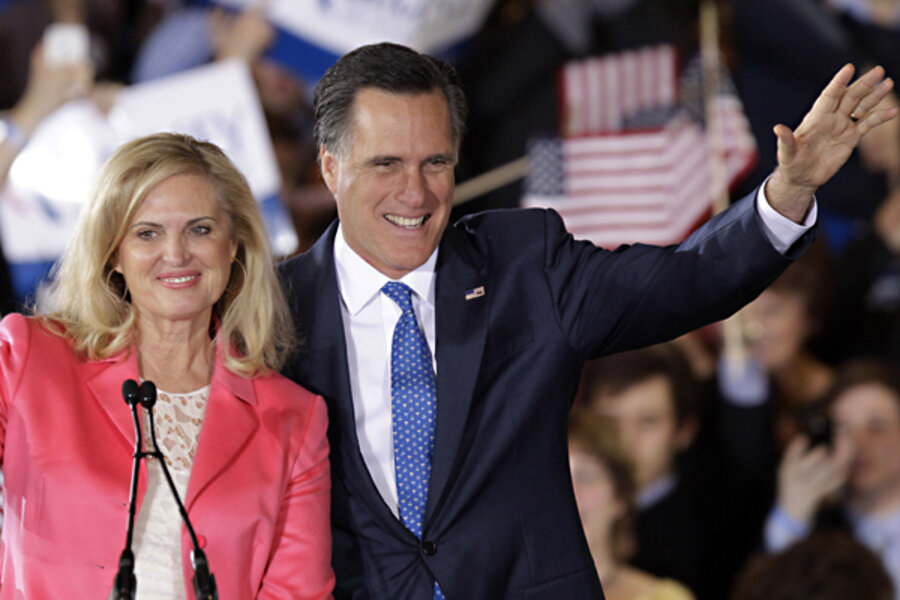How will Romney pay for his tax cuts?
Loading...
Mitt Romney has proposed massive new tax cuts and promised to balance the federal budget. How will he achieve these seemingly contradictory goals?
For now, he isn’t saying. And, in fact, his campaign has been sending out vague and somewhat conflicting signals about where the money would come from to finance his rate cuts and other tax reductions.
When Romney rolled out his latest revenue plan on Feb. 22, senior aides were asked how he’d pay for these substantial tax reductions (TPC estimates they’d add $900 billion to the deficit in 2015 alone—about $400 billion from extending the 2001/2003 tax law and another $500 billion in new rate reductions and other tax cuts). Their response: Tax cuts would be funded by offsetting tax increases combined with stronger economic growth and changes in behavior driven by the tax reductions themselves.
The aides did not identify which taxes Romney would raise or estimate the economic effects of his plan. But they were clear that his tax reductions would be funded inside the revenue system. And, at least by their calculation, Romney’s new initiative would not be a net tax cut at all. It would be a classic tax reform—lowering rates while eliminating tax preferences. But it would result in no net change in tax revenues (at least as Romney measures it).
But then that story began to shift. On March 1, The Wall Street Journal’s John McKinnon wrote this: “Governor Romney’s tax cuts will not increase the deficit,” Romney spokeswoman Andrea Saul said in a statement. ‘They will be fully paid for through a combination of economic growth, base broadening, and spending restraint. Any analysis that claims otherwise is incomplete.’”
Note the addition of spending restraint as an added source of funds. In this formulation, Romney may indeed be promising a net tax cut—partially financed with (unidentified) spending reductions. Saul’s comments appeared in several other news stories on that day.
However, there is yet another complication: She did not say whether she was talking about all Romney’s tax reductions or only those in addition to extending the 2001/2003 law. The campaign could clarify this but so far has not.
On March 7, the story changed again. When asked in a CNBC interview how he’d fund his tax plan Romney said he’d “limit deductions and exemptions to pay for most of that. Growth would pay for the rest.” Romney said nothing about more spending cuts.
Then, Romney went further. He said that curbs in credits and deductions would exempt middle-income households who would continue to receive the benefits of tax breaks such as the deductions for mortgage interest and charitable contributions. Any cuts in tax preferences, he said, would be “primarily limited” to those with high incomes.
That sounds an awful lot like President Obama, who has proposed capping the value of tax preferences to 28 percent and vowed to never raise taxes on those making $200,000 or less.
Romney has further constrained his own options by promising to cut the capital gains rate to zero for those making less than $200,000 while freezing it at 15 percent for high-income households.
If Romney is promising to curb hundreds of billions of dollars annually in tax preferences while leaving popular middle-class deductions and credits unscathed, he has set a hugely challenging goal for himself. And he owes us an explanation of how he is going to do it—before the election.







